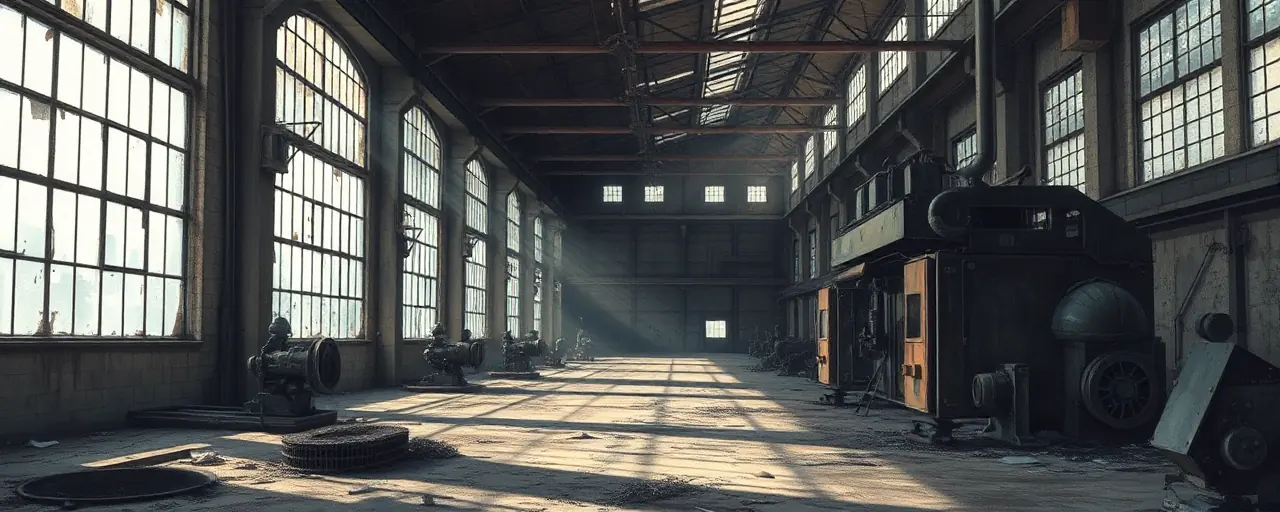A Bold Step in Washington
On April 2, 2025, President Donald Trump stood before the nation and declared an end to what he called decades of economic surrender. With a stroke of his pen, he introduced a sweeping set of tariffs aimed at reshaping America’s trade landscape. Dubbed 'Liberation Day' by supporters, the policy imposes a baseline 10% tariff on all imports, with steeper penalties for nations running large trade surpluses with the U.S. It’s a move that’s sparked cheers from factory floors in Ohio to cattle ranches in Texas, but it’s also raised eyebrows among economists and everyday shoppers alike.
The White House frames this as a long-overdue correction, a chance to bring jobs back home and shield American workers from what Trump calls unfair global competition. Voices from industry leaders, like Steel Manufacturers Association President Philip Bell, echo this sentiment, pointing to a $5.8 billion steel mill investment in Louisiana as proof the plan’s already working. Yet, beneath the fanfare, questions linger about how this will play out for a nation hooked on affordable imports and tangled in global supply chains.
The Case for Tariffs
Advocates see the tariffs as a lifeline for industries battered by decades of globalization. The National Cattlemen’s Beef Association’s Ethan Lane argues that American farmers have been stiffed by trade partners who slap barriers on U.S. beef while flooding domestic markets with their own goods. Similarly, the Alliance for American Manufacturing’s Scott Paul calls it a reset, giving workers a fair shot to compete. The administration points to historical wins, like the $20 billion in steel investments during Trump’s first term, as evidence that tariffs can jolt industries back to life.
Beyond economics, there’s a national security angle. U.S. Trade Representative Jamieson Greer ties the policy to reducing reliance on adversaries like China for critical materials, a concern sharpened by recent export bans on minerals vital to tech and defense. For supporters, it’s not just about jobs; it’s about reclaiming control in a world where economic power increasingly dictates geopolitical clout.
The Flip Side of Protection
Not everyone’s sold on the tariff gospel. Economists warn that shielding domestic industries might come at a steep cost. Higher import prices, they argue, could squeeze manufacturers who rely on foreign steel or components, potentially stunting growth in sectors like automotive production. Data from the last trade war shows a mixed bag: steel jobs ticked up, but downstream industries shed more positions than were gained. For the average family, it’s a hit to the wallet, with rising costs for everything from appliances to groceries already pinching budgets.
Globally, the ripple effects are hard to ignore. China’s retaliated with duties on U.S. farm goods, a blow to rural communities still reeling from past trade spats. Allies like Canada and Mexico, key players in North American supply chains, aren’t thrilled either, hinting at strained ties ahead. Analysts project a half-point dip in global GDP growth by 2026 if tensions escalate, a reminder that America’s trade reset doesn’t happen in a vacuum.
A Nation Divided on Trade
The policy’s landed in a country already split on trade’s role. In manufacturing hubs like Indiana, lawmakers like Senator Jim Banks see a lifeline for jobs lost to overseas factories. Rural areas, though, are jittery; farmers fear losing export markets as nations hit back. Public opinion mirrors this divide, with some cheering a return to 'Made in America' pride, while others brace for pricier goods and economic uncertainty. It’s a tension as old as the nation itself, echoing debates from the 19th-century 'American System' that pitted industrialists against free-traders.
Businesses, meanwhile, are scrambling to adapt. Some are eyeing nearshoring, shifting production closer to home, while others lean on tech to dodge supply chain snags. A 2024 survey found over half of big firms rank disruptions as their top worry, a sign that resilience, not just tariffs, will shape the future. For now, the administration’s betting that short-term pain will yield long-term gain, but the jury’s still out.
What Lies Ahead
Trump’s tariff gamble is a high-stakes play to rewrite America’s economic story. If it works, factories could hum again, and the trade deficit might shrink, delivering on promises to heartland voters. Early wins, like Hyundai Steel’s Louisiana mill, fuel that hope. But the road’s fraught with risks: inflation creeping up, allies drifting away, and a global economy that’s less predictable by the day. The White House insists it’s a declaration of economic independence, but critics see a tightrope walk between revival and isolation.
For people new to this debate, it boils down to a simple question: will this make life better or just more expensive? No one’s got a crystal ball, but history offers a clue. Tariffs have sparked booms and busts before, and this time, the stakes feel higher. As the policy unfolds, all eyes are on the real-world fallout, from factory gates to checkout lines, where America’s trade future will ultimately be judged.
